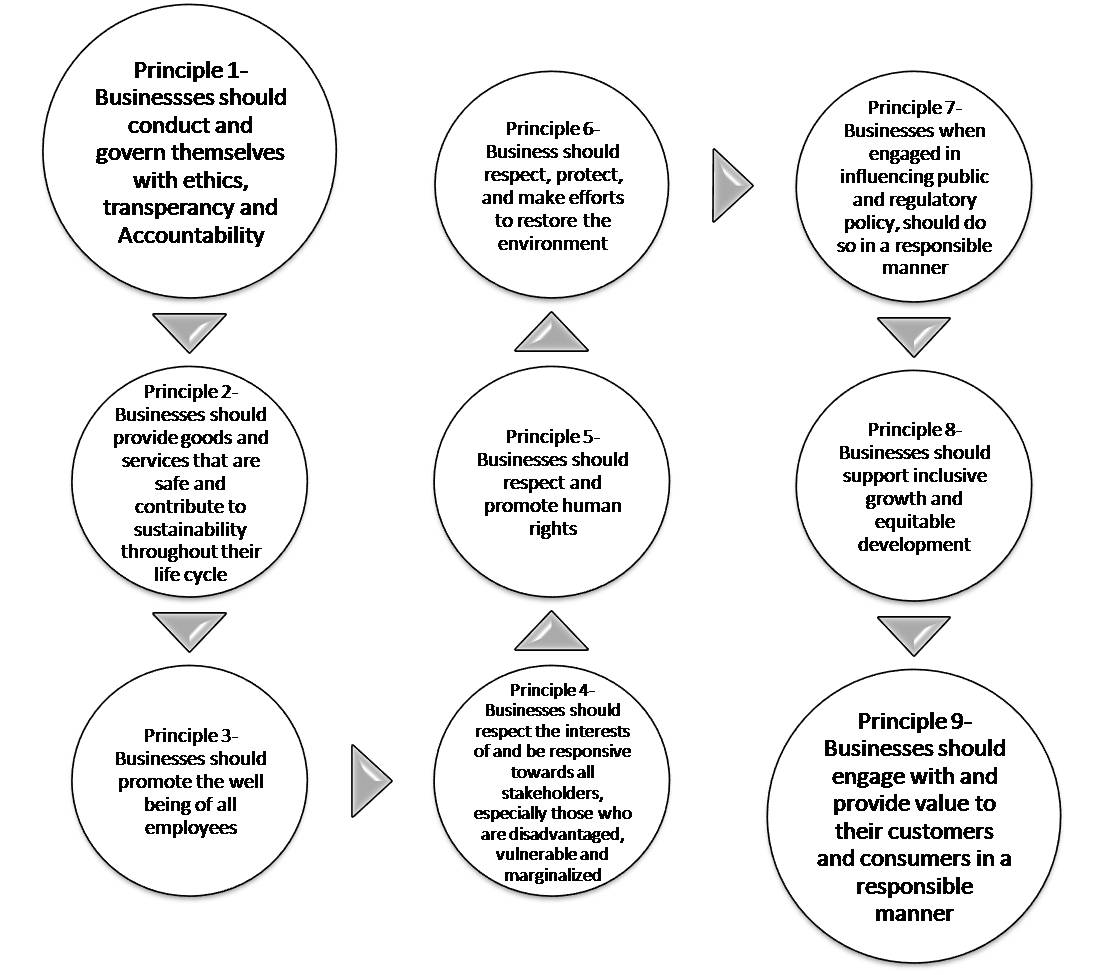Regenerative Agriculture: Does It Make Sense in the Indian Context?
Regenerative agriculture is an approach to farming that focuses on restoring soil health, enhancing biodiversity, and improving ecosystem functions. Unlike conventional farming, which often depletes soil nutrients and reduces biodiversity, regenerative agriculture aims to reverse environmental degradation and build long-term farm resilience.
The concept has its roots in indigenous and traditional farming practices, which emphasized natural cycles and ecological balance. However, it gained prominence in the late 20th century, with modern scientific validation supporting its benefits in carbon sequestration, improved water retention, and enhanced soil fertility. Pioneers such as Robert Rodale, Allan Savory, and organizations like the Regenerative Agriculture Initiative at California State University have been instrumental in popularizing this approach.
Principles of Regenerative Agriculture
Regenerative agriculture follows several key principles:
- Minimal Soil Disturbance – Avoiding excessive tilling and plowing to maintain soil structure and microbial life.
- Diverse Crop Rotations and Polyculture – Planting a variety of crops to enhance soil fertility and reduce pest outbreaks.
- Cover Cropping – Using cover crops to prevent soil erosion, retain moisture, and improve organic matter.
- Integration of Livestock – Rotational grazing and manure application to improve soil health.
- Reduced Chemical Inputs – Minimizing synthetic fertilizers and pesticides to promote natural soil regeneration.
- Water Management – Efficient rainwater harvesting, mulching, and agroforestry techniques to conserve water.
These principles work collectively to create a self-sustaining and resilient agricultural ecosystem.
How Regenerative Agriculture Differs from Organic Farming
While both regenerative agriculture and organic farming reject synthetic chemicals and promote natural soil fertility, they differ in focus:
| Aspect | Organic Farming | Regenerative Agriculture |
| Soil Health | Maintains soil fertility | Improves soil health and restores degraded land |
| Biodiversity | Encourages biodiversity | Actively enhances ecosystem services |
| Carbon Sequestration | Limited focus | Key focus through soil-building techniques |
| Water Management | Basic conservation | Advanced rainwater harvesting and soil water retention |
| Livestock Integration | Not always included | Integral part of the system |
In essence, regenerative agriculture takes organic farming a step further by actively reversing soil degradation and improving overall ecosystem health.
State of Agriculture in India: A Critical Analysis
India’s agriculture sector faces several systemic challenges:
- Green Revolution and Soil Degradation: While the Green Revolution increased food production, it led to soil depletion, groundwater exhaustion, and dependency on chemical inputs.
- Monoculture Practices: Large-scale monocropping (e.g., wheat, rice, and sugarcane) has resulted in reduced soil biodiversity and increased vulnerability to pests and diseases.
- Small Landholdings: Over 86% of Indian farmers own less than 2 hectares of land, making it difficult to adopt large-scale sustainable farming practices (Source: Agriculture Census 2015-16).
- Low Farmer Incomes: The average monthly income of an Indian farmer in 2019 was just ₹10,218 (Source: NSSO Report)—far below sustainable living standards.
- Farmer Suicides: Financial distress, rising debts, and climate-induced crop failures contribute to a high suicide rate among farmers, particularly in Maharashtra and Karnataka.
- High Transition Costs: Moving from conventional to regenerative farming requires initial investments, training, and time before realizing benefits.
- Government Policies: While various schemes promote organic farming (e.g., Paramparagat Krishi Vikas Yojana), there is a lack of dedicated policies for regenerative agriculture.
These challenges make India’s agricultural system fragile and in urgent need of transformation.
Application of Regenerative Agriculture in India: Does It Make Sense?
Given India’s agrarian crisis, regenerative agriculture in India offers a viable alternative, but several obstacles must be addressed:
- Improved Soil Fertility and Water Conservation
- India loses 5.3 billion tons of soil annually due to erosion (Source: ICAR). Regenerative practices like no-till farming and agroforestry can mitigate this.
- Traditional water conservation methods like Jal Shakti Abhiyan can be integrated with regenerative practices for better water retention.
- Economic Viability for Small Farmers
- Studies show regenerative farms require lower input costs (up to 30% reduction in fertilizer use) while maintaining yields (Source: FAO).
- However, transitioning to regenerative agriculture may take 3-5 years before profitability is achieved, which is a major barrier for resource-poor farmers.
- Government support through subsidies, credit access, and transition incentives is essential.
- Carbon Sequestration and Climate Resilience
- Indian farmlands could sequester 1-3 tons of CO2 per hectare per year through regenerative methods, contributing to India’s climate commitments under the Paris Agreement.
- Drought-prone areas, like Maharashtra and Rajasthan, can benefit significantly from improved soil moisture retention.
- Challenges of Small Landholdings and Farmer Incomes
- With 86% of farmers owning less than 2 hectares, regenerative techniques must be adapted for small-scale application.
- Aggregating farmers into cooperatives and community-led initiatives could enable wider adoption.
- Without higher market premiums for regeneratively grown produce, farmers may struggle to justify the shift.
- Support from Indigenous Knowledge
- Indian traditional farming (e.g., ZBNF – Zero Budget Natural Farming) shares many regenerative principles. Adapting these practices with modern scientific insights can create a sustainable model.
- Potential Policy Integration
- Government initiatives like PM-KUSUM (solar farming) and National Mission for Sustainable Agriculture could incorporate regenerative practices to enhance impact.
- Dedicated incentives for regenerative agriculture could help overcome the transition cost barrier.
Regenerative agriculture presents a compelling opportunity for India’s farming future. It addresses critical challenges such as declining soil fertility, climate change vulnerability, and low farmer incomes. However, its adoption is hindered by small landholdings, high transition costs, lack of government support, and farmer financial distress.
Successful implementation requires:
- Policy Support: Government incentives for regenerative practices.
- Farmer Awareness and Training: Large-scale education on regenerative methods.
- Financial Assistance: Transition subsidies and better market access for regeneratively grown products.
- Research and Development: More studies on how regenerative methods can be tailored to India’s smallholder farmers.
While challenges exist, regenerative agriculture is not just feasible—it is essential for ensuring India’s long-term food security and environmental sustainability.
References:
- FAO – Regenerative Agriculture Benefits
- ICAR – Soil Erosion Statistics
- NSSO Report – Farmer Incomes
- Agriculture Census – Indian Landholding Data



